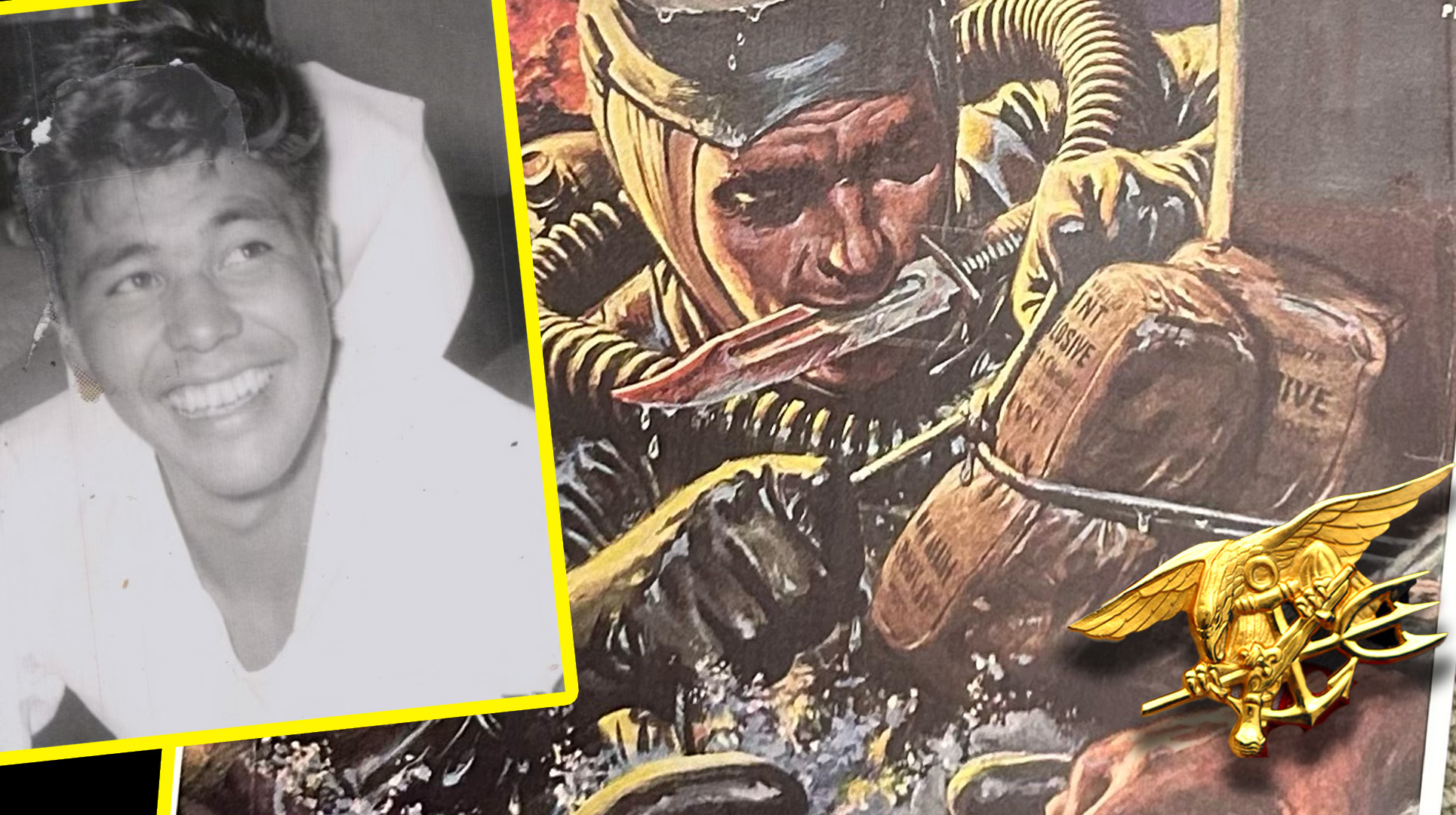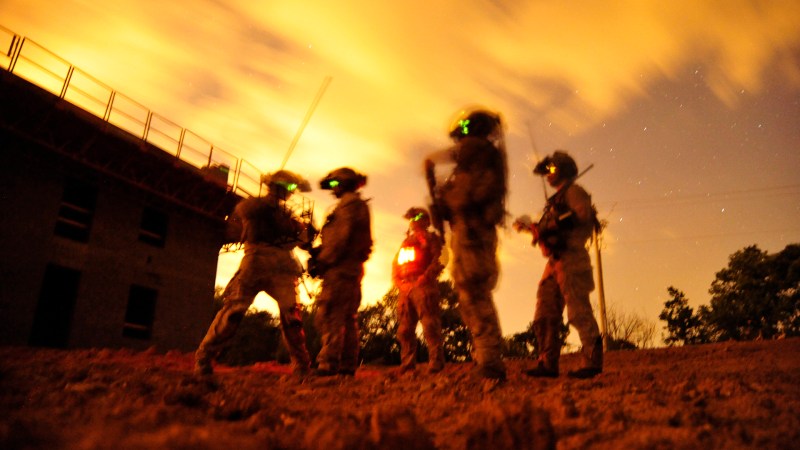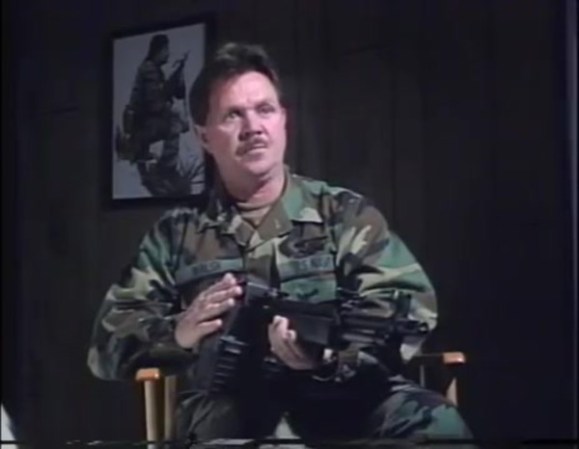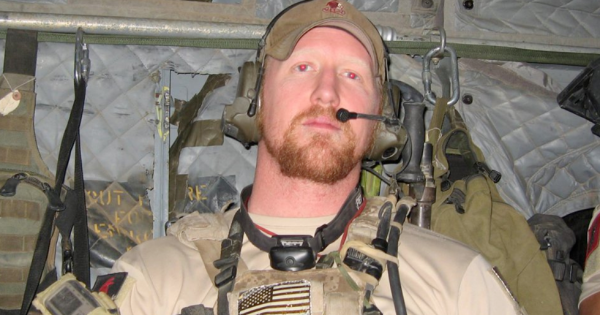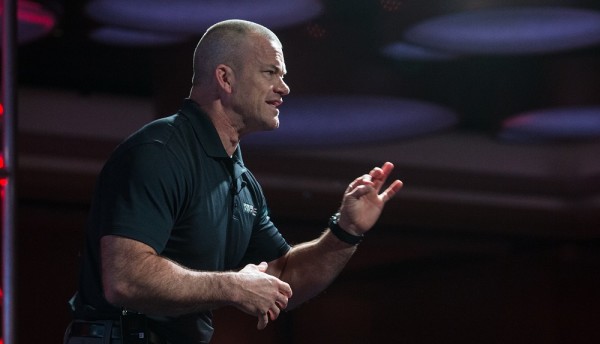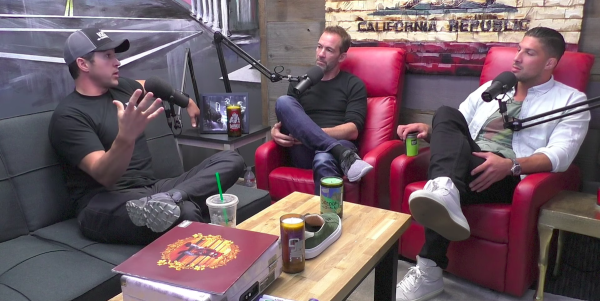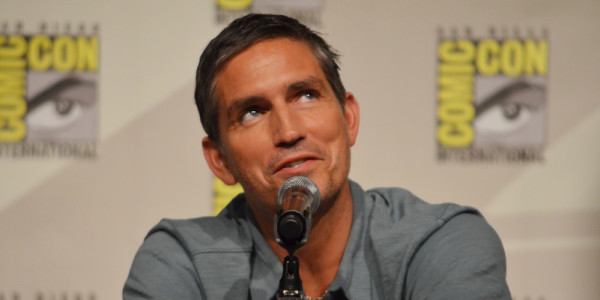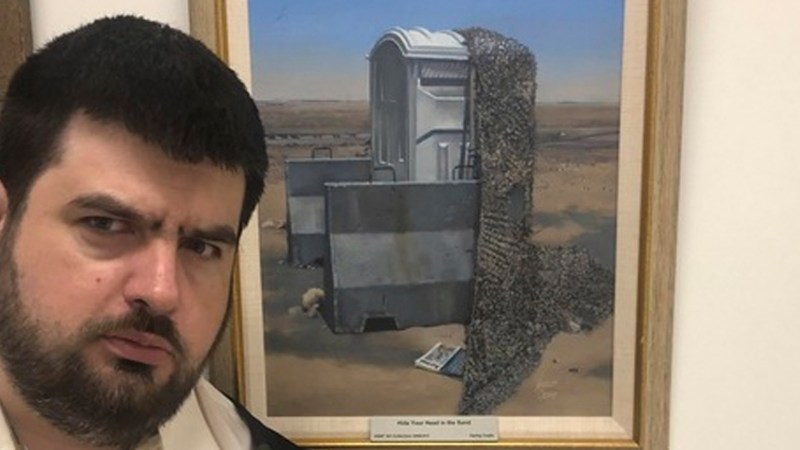In a Vietnam jungle in 1968, a team of US Navy SEALs set up a claymore to trigger a jungle ambush. But they didn’t realize they’d attached the explosive charge to a rotten tree.
When a patrol of Vietcong entered the ambush zone, the SEALs set off the claymores and opened fire with machine guns. But the rotten tree sent shrapnel and wood pieces flying, knocking two SEALs unconscious on the short leg of an L-ambush.
One of them was Solomon Atkinson.
Though Atkinson retired in 1973 and died in 2019, the Navy recently announced plans to name a ship after the SEAL. The USNS Solomon Atkinson will be a Navajo-class towing and salvage ship, a class the Navy has taken to naming after notable sailors who have Native American roots.
Though being the namesake of a ship is one of the Navy’s highest honors, Atkinson was never the kind to brag, according to Lowell “Bo” Burwell, a SEAL who served with Atkinson.
“If someone else didn’t tell you something about Sol, you’d never know it. He was not one to go pat his own shoulder. He just did things, and I think that was just his professionalism,” Lowell told Task & Purpose. “He did things because they needed to be done, not because he looked to gain some reward or pat on the back or his name on a plaque or something like that.”
Even among SEALs, Atkinson’s accomplishments stand out. He was one of the Navy’s first 60 SEALs, making him a “plank holder” for SEAL Team 1. He worked as a stunt double for the 1958 movie, “Underwater Warrior,” and trained the secret teams that carried portable nukes, known as Special Atomic Demolition Munition units.
Throughout his career, he received a Purple Heart, Bronze Star, and a Navy Commendation Medal with Combat “V.”
Small Town Alaska To SEAL Team 1
Atkinson’s journey to the Navy and combat as a SEAL was a long one. He grew up in the Metlakatla Indian Community, Annette Islands Reserve in Alaska, swimming, fishing, and diving in the cold waters.
He joined the Army National Guard on Nov. 1, 1951, but immediately requested a transfer to the Navy. As an Engineman, he served one rotation aboard the USS Washburn on a Korean deployment but immediately volunteered for the rigorous Underwater Demolition Teams (UDT) training course at Naval Base Coronado, California, in 1953.
Dale McCleskey arrived at UDT-12 after Atkinson was one of the unit’s senior divers. He remembered him as patient and resolute in whatever he set his mind to.
“Sol was the epitome of the fearless warrior and the protector of the innocent. I deeply respected him for his calmness under stress and his consideration of others,” McCleskey said. “He was always cheerful. He undertook any commitment with enthusiasm and always got excellent results.”
Subscribe to Task & Purpose Today. Get the latest military news and culture in your inbox daily.
The two deployed with UDT-12 to Vietnam for beach reconnaissance in preparation for increased US involvement but rotated back early for a special assignment:
They would be among the 60 sailors to establish the first SEAL Teams, 1 and 2, in 1962.
At Team 1, McCleskey and Atkinson deployed to Vietnam again, training Vietnamese special operations forces.
Atkinson, McCleskey remembered, had a “sterling reputation” as an instructor. His youth spent in a native fishing village made Atkinson excellent at connecting with and training the local soldiers. McCleskey said, “Sol stood out as someone special in a community of special people.”
After his second deployment, Atkinson moved his wife, JoAnn, and their two daughters to Key West, Florida, as a dive instructor at the famously difficult Army Special Forces dive school. There, Atkinson earned the nickname “the mean machine.”
Rick Woolard was one Atkinson’s students at Key West in 1967. He recalls days when Atkinson was in charge of PT, flutter kicks were one of his favorite exercises to have the trainees do — except he picked a grassy area infested with ants and glass to do them in.
“I think he got a kick out of it. He would count while we did it, and we’d lie there and do the exercise while the ants feasted on us,” Woolard said. “He had a little bit of, you know, a little bit of sadism in him, like most of us do.”

The Key West facility had another group of students under Atkinson’s training: NASA astronauts. All 64 astronauts in the Apollo and Gemini programs, including Neil Armstrong and Buzz Aldrin.
Atkinson’s third and final deployment to Vietnam came in June 1968. Atkinson, Woolard, and Burwell were all in SEAL Team 2 for this deployment, and their mission was to keep a shipping channel to Saigon open in the Rung Sat Special Zone.
This area sits inSác Forest, which became known to troops who fought there as the “forest of assassins.” Woolard headed up one team, while Silver Star recipient Lt. John Brewton led the other team that Atkinson and Burwell were on.
Atkinson would be the platoon chief for this deployment.
It was on a patrol on this deployment that the SEALs’ ambush accidentally used the dead tree for a claymore.
The blast momentarily knocked out both Atkinson and Burwell. When Burwell came to, he saw Atkinson had taken a worse hit than he had.
“We got right back up and started shooting, but Sol had a lot of blood on his face and lost some teeth, but he got right back on it. Sol wasn’t going to just lay there,” Burwell said. “He was serious about everything, and we had some enemy out there. He was wanting to get back on to that for sure.”
After his third deployment, Atkinson took on perhaps the strangest, and certainly most secret, mission of his career, training members of the Green Light Teams. The hand-picked teams were charged with an operation that was part James Bond, part suicide mission. The teams were trained to carry portable nuclear bombs — B-54 Special Atomic Demolition Munition — into Eastern Europe, plant them, and, should war erupt, blow them up — hopefully after getting clear of the blast zone.
Overcoming Addiction and Service To Veterans
Atkinson retired from the Navy in 1973 and returned to Metlakatla. He struggled with alcoholism but met a pastor who was also a Vietnam veteran and brought him into a local church. Soon, Atkinson and his wife became born-again Christians and Atkinson went on to champion his fellow veterans in his community and across Alaska. He became the Mayor of Metlakatla in 1978, serving until 2001.
Burwell had always known Atkinson as a man of few words. Learning that Atkinson had become a devout Christian and mayor blew Burwell away. Where he was once quiet and stoic, he now would pray with friends over the phone.
“He would pray some of the most beautiful prayers for people,” Burwell said.
Caitlin Steinberg, a historian and executive director of Operation Green Faces, met Atkinson in his later years and grew close to his family while interviewing Atkinson for a book on his life.
“His work with the church impacted, I cannot tell you how many lives. The people he helped have spoken to me and said, ‘Sol pulled me out of drugs,’ and ‘Sol would go find me at parties and bring me home because he knew I was struggling,’” Steinberg said.
Sol told Steinberg that Christianity saved him and was the only reason he pulled out of addiction and PTSD. He continued his mission to help his fellow veterans and helped found the first veterans association in the area, the Metlakatla Veterans Association.
Helping local vets file VA paperwork, including obtaining VA home loans.
Atkinson died in 2019 and was transported from Ketchikan’s morgue back to Metlakatla via a fleet of 22 fishing vessels. The lead ship transporting Atkinson’s casket was his grandson’s boat. SEALs from SEAL Team 1 carried Atkinson’s casket for 2 miles to his final resting place, refusing to allow anyone else to help because it was Atkinson’s last request.
The latest on Task & Purpose
- Navy destroyer USS Howard’s commanding officer fired
- New ship named after legendary Navy SEAL and Alaska Native
- Women in special operations say bias, double standards are daily realities
- Families of Marines killed in Osprey crash push for more answers
- Two service members arrested after fatal stabbing in Germany

